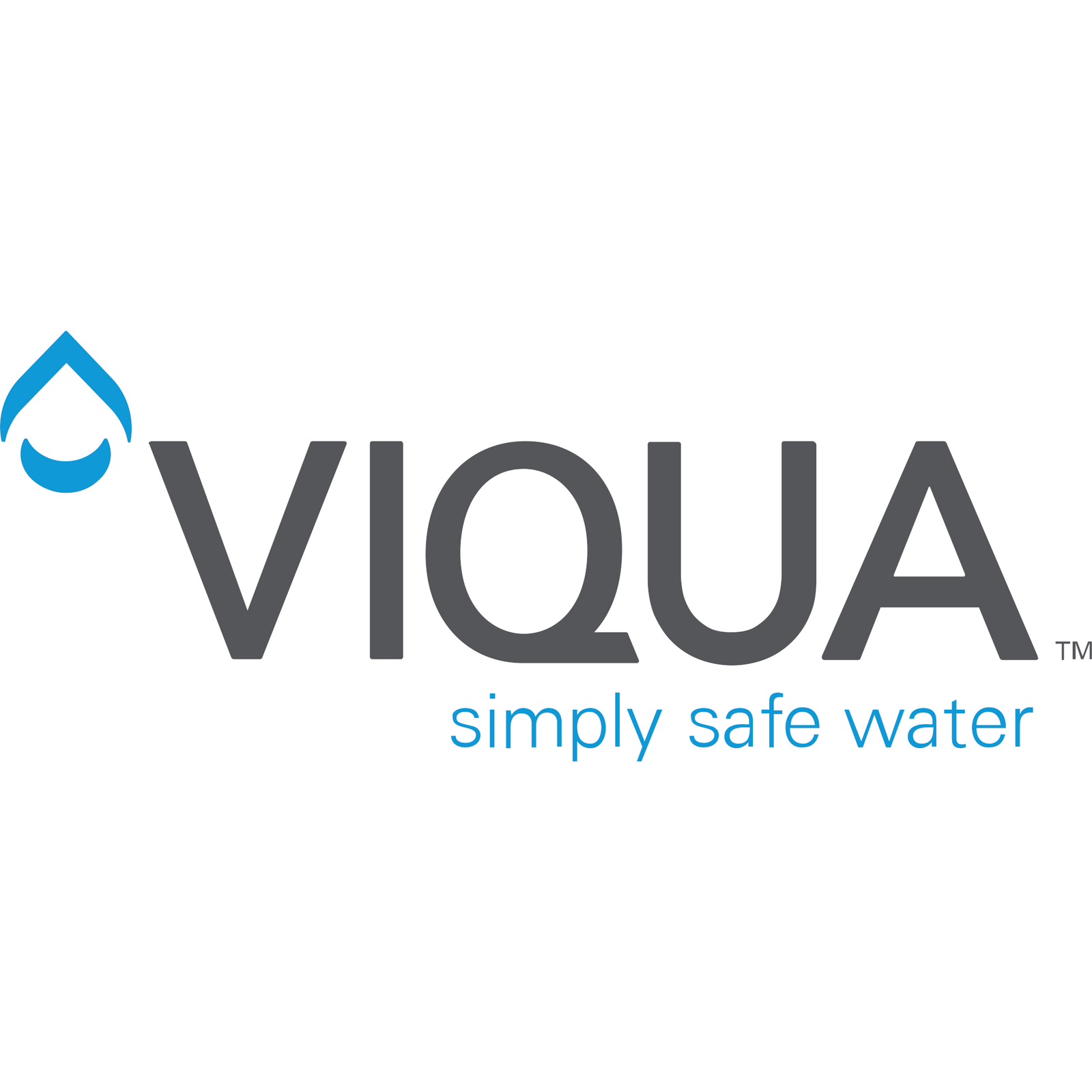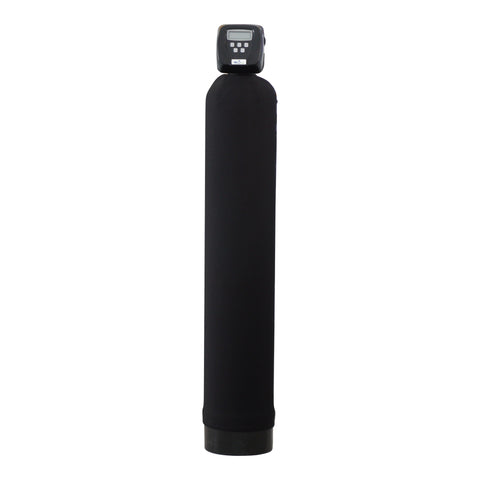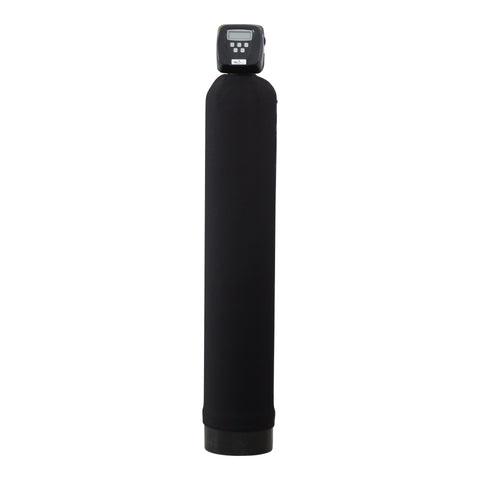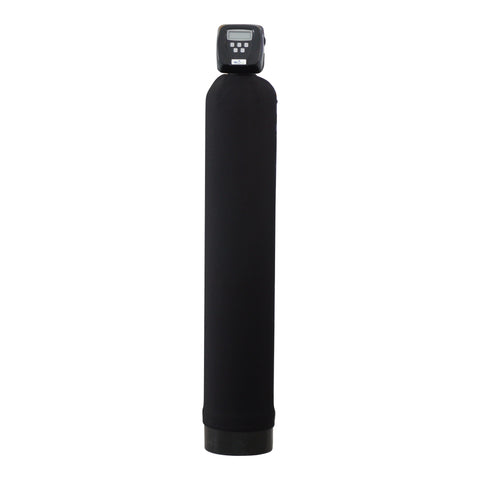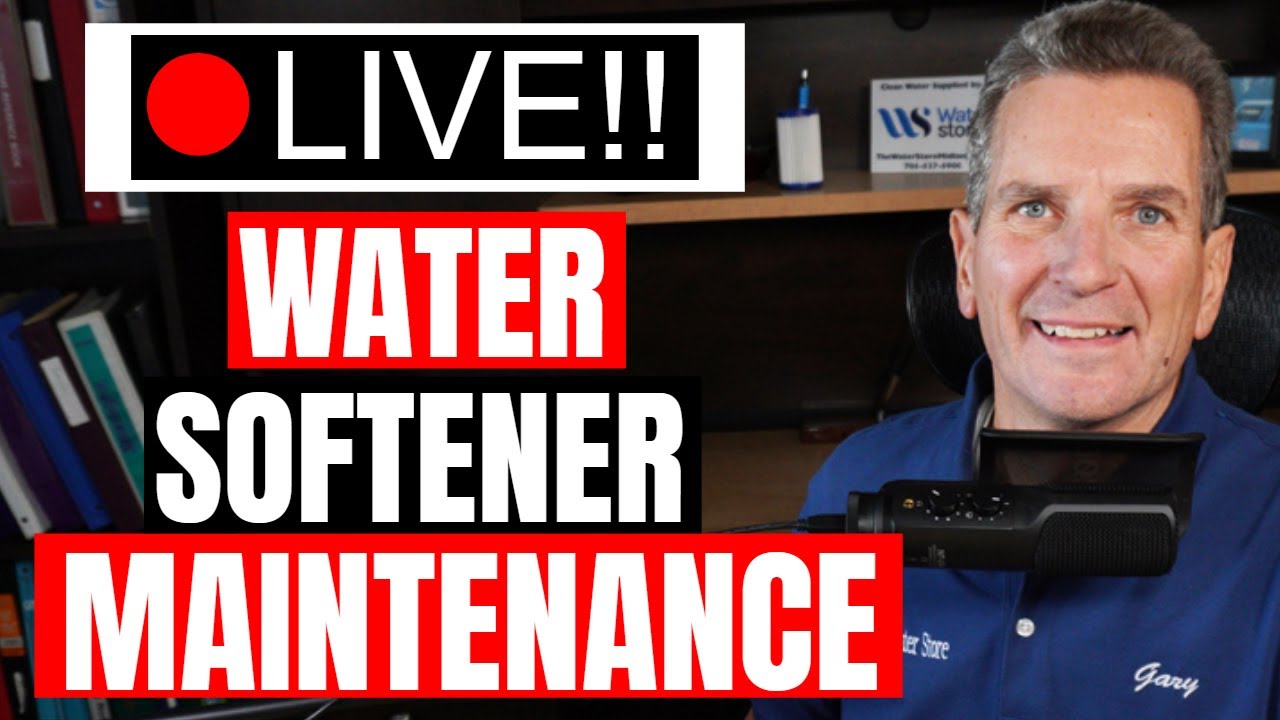
12 Water Softener Maintenance Solutions to Improve Performance
Not sure how to maintain your water softener? Does your water softener manual even talk about maintenance? Do you need special tools and skills? I’ll answer all of those questions including yours and show you how to maintain your water softener with this blog.
Hi I’m Gary the Water Guy and I simplify water filtration to help you conquer crappy water for your Family.
If you’re not exactly sure how a water softener works, I suggest you check out my video on How does a Water Softener Work here.
1. Is Your Water Softener Working?
Is your water softener working? This video of mine shows you a couple of ways
to test your water softener to make sure it’s working. Check out this video here titled "Is Your Water Softener Working? How to Test for Water Hardness".
2. What Type of Salt is Best for Your Water Softener? Does it Make a Difference?
It sure does! This video of mine here titled "What is the Best Salt to Use in My
Water Softener" explains the different types. This becomes especially important if you also use your water softener to remove iron from your water. Rust remover salt really helps keep the media clean. Never ever use rock salt! I know at least one manufacturer recommends using rock salt to minimize salt clogging but all that debris ends up in side your brine tank
3. How Much Salt Should be in Your Water Softener
The video here titled "How Much Salt Should be in Your Water Softener" indicates
all you need to know. You need enough salt so the water that the water softener adds to the brine tank absorbs enough sodium to properly regenerate the media inside your water softener. Running out of salt once a year is a great preventative maintenance strategy. Also, be sure to stir up the remaining salt that is in the brine tank before adding more, every time.
If you overfill the salt, you will end up with a salt clog. This video of mine here titled "How to Remove a Salt Clog from Your Water Softener" shows you How to remove a salt clog. You might also have bridging where the salt gets consumed from the bottom but it has formed a bridge over the bottom so there is no salt at the bottom that the water can absorb. You can use a wooden dowel or broom handle to break up the bridge and you’ll actually see the salt fall down into the cavity.
4. Cleaning Out Your Brine Tank
Watch this video here titled "Water Softener Maintenance Cleaning Out Your Brine Tank". Depending on the type of salt you use you may need to do this every few years or
almost never. If you have been using rock salt or if you don’t know what salt was used during the life of your water softener, wait until the salt level gets low and stir the salt right to the bottom. If you see some dirty salt that needs to be removed.
Exercise by pass periodically – super easy to do but if not done at least once every couple of years they become stiff and when used after sitting dormant for a long time they’ll often leak, become seized or just will not fully bypass the water softener.
5. Cleaning or Replacing the Injector
Cleaning or replacing the injector or what’s sometimes called the "actuator" is
quite straight forward as this video here titled "Water Softener Troubleshooting How to Clean Clack WS1 Injector" will show you once they clog the water softener will stop using salt and stop softening your water. The key to completing this procedure is to start a regeneration, bypass the unit to release the pressure inside and then disassemble. You’ll need CLR, rust out or a similar product to soak the injector or just plan to replace. If you are cleaning it, be sure to only use a wooden toothpick to clean out the venturi and leave it soaking in the cleaning solution for a long time. If replacing, make sure you’re replacing it with not only the correct brand but also the correct size for your water softener. Many are color coded also as help for maintenance.
6. Is Your Water Softener Leaking or Is it Condensation?
Is your water softener leaking or is it condensation? Whenever cold water runs
through a pipe or vessel of any sort that is in a warm, high humid environment you’ll get sweating. On the outside of the media tank you will get mould growth, which is never good. I always suggest insulating the pipes around all water treatment equipment as shown in this video here titled "Ultraviolet Preventative Maintenance Insulating Your Pipes". Also, adding a neoprene jackets like these here to your brine tank will not only minimize condensation and mold growth the jackets can be washed and reused.
7. Coated Water Softener Media Fix
Water softener media can get coated with hardness and iron and often you can
restore the media with a water softener cleaner. Periodically using these cleaners as a preventative measure is also a great idea. This video here titled "Water Softener Troubleshooting Restore Performance With Media Cleaning" shows you how. How to clean water softener media – read iron out instructions don’t inhale – I cup to ½ gallon of cold water
8. Settings on Your Water Softener
Settings on your water softener – I can’t stress enough how important it is that your water softener is set properly. How do you do that? You need to know your water hardness and if on well water you’ll also need to know the iron and manganese levels too. To the hardness settings add the following compensated values: Iron - ppm x 4 Manganese - ppm x 8 To arrive at the additional compensated load on the softener
9. A 3 Way Bypass
3 way bypass – Whenever working around a water softener or any other piece of water filtration equipment that has recently stopped working make sure that there isn’t a 3 way bypass involved that has been left open.
10. How to Disinfect Your Water Softener
Disinfect your water softener media by dumping 2 ounces of chlorine or bleach in
the brine well and running a manual regeneration. This will lessen the chance of the water softener media fowling to the point of making your post water from the water softener smell like garbage. I’ve got a great video here titled "Water Softener Troubleshooting - Disinfecting in 6 Easy Steps" that shows you how.
11. Are the Settings Correct on Your Water Softener?
Make sure the settings are correct for your water softener including the current time. Why? The only way the water softener knows when to regenerate is if the time is set correctly. If the time is wrong, then it won’t regenerate at the right time and there may not be enough water flow when water is being used elsewhere in the home to properly regenerate the media for your family.
12. Does Your Water Softener have a Power Cell Back Up System?
Does your Water Softener have a power cell back up system? If you have a power failure and your water softener doesn’t have a power cell back up you’ll at least need to reset the current time. Older models may need you to reset the hardness and other settings.
Put these 12 Water Softener Maintenance Solutions to Work and Get Fixing!
Share these 12 Water Softener Maintenance procedures today with your network and help them get their Water Softeners working again.



